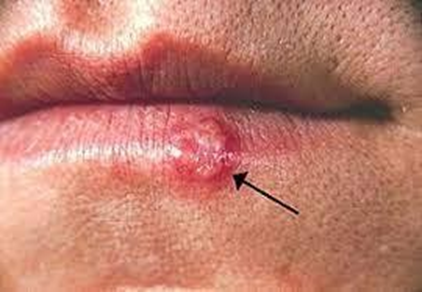The nurse is reviewing laboratory values for a patient receiving treatment during the emergent phase of burn management. Which laboratory result should the nurse expect for the patient at this time:
Increased hematocrit
Decreased blood urea nitrogen (BUN)
Decreased serum potassium
increased serum albumin
The Correct Answer is A
Choice A rationale: During the emergent phase of burn management, patients commonly experience hemoconcentration due to fluid shift from the intravascular space to the interstitial space. This leads to an increase in hematocrit, indicating a higher concentration of red blood cells in the blood.
Choice B rationale: Burn injuries often result in increased protein breakdown and an elevation in BUN levels.
Choice C rationale: Burn injuries can cause the release of potassium from damaged cells, leading to hyperkalemia rather than hypokalemia.
Choice D rationale: The emergent phase of burn management is characterized by a decrease in serum albumin due to protein loss from the burned tissue and increased capillary permeability.
Nursing Test Bank
Naxlex Comprehensive Predictor Exams
Related Questions
Correct Answer is C
Explanation
Choice A rationale: tachycardia is an expected finding in burns patients due to the increase in metabolic rate and fluid loss.
Choice B rationale: a urine output of 25 ml/hr is too low for an individual with burns hence the need for adequate fluid resuscitation. However, this is not a priority sign compared with the difficulty in breathing.
Choice C rationale: difficulty in swallowing is an indicator of airway edema which may compromise the patients breathing and oxygenation which may result in death. Therefore, the healthcare provider should be notified to assess the need for intubation.
Choice D rationale: Pain of 6 on a scale of 0 to 10 is moderate and is expected due to burns and can be managed with analgesics and nonpharmacological interventions.
Correct Answer is B
Explanation
Choice A rationale: While herpes simplex virus type 2 (HSV-2) is more commonly associated with genital herpes, HSV-1 can also cause genital lesions.
Choice B rationale: Herpes simplex virus type 1 (HSV-1) typically causes oral lesions, commonly known as cold sores or fever blisters. Recurrence of HSV-1 lesions is most likely to occur on or around the mouth.
Choice C rationale: Recurrence of HSV-1 lesions is not typically found on the extremities.
Choice D rationale: HSV-1 lesions are not commonly found on the scalp.

Whether you are a student looking to ace your exams or a practicing nurse seeking to enhance your expertise , our nursing education contents will empower you with the confidence and competence to make a difference in the lives of patients and become a respected leader in the healthcare field.
Visit Naxlex, invest in your future and unlock endless possibilities with our unparalleled nursing education contents today
Report Wrong Answer on the Current Question
Do you disagree with the answer? If yes, what is your expected answer? Explain.
Kindly be descriptive with the issue you are facing.
